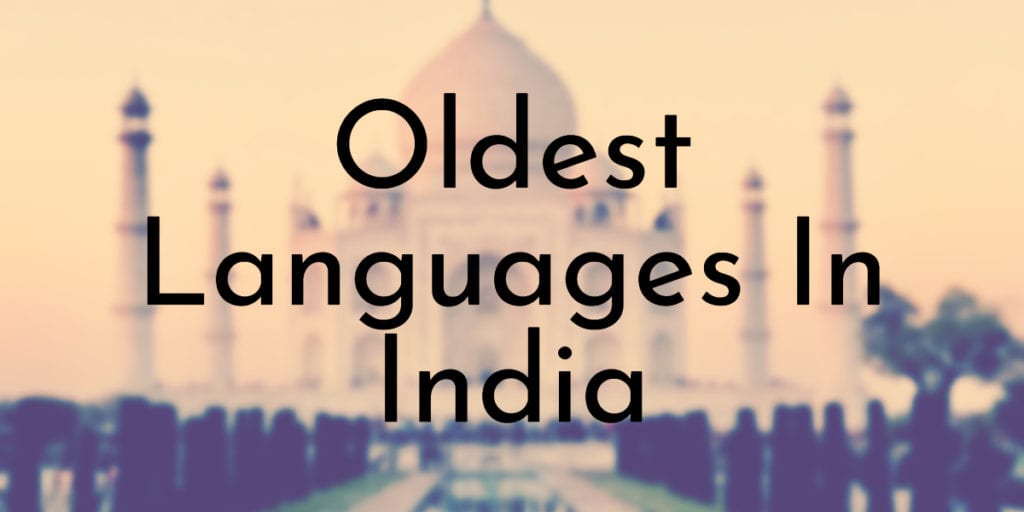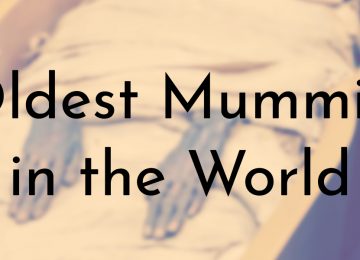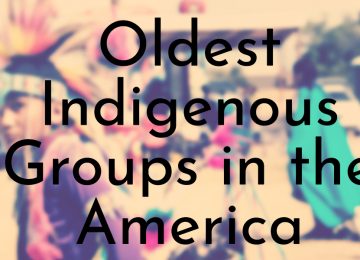India is a vast country, with people from all over the world. This means that many languages are spoken throughout the country, including Hindi and English. However, there are also many more languages spoken within Indian communities than in other parts of the world.
With a population of over a billion, India is one of the biggest nations in the world, but it also has a diverse linguistic population. There are many languages spoken in India, and all of them are counted together.
India has several languages which are incredibly different from each other. All Indian languages have their own distinct characteristics, cultures, and histories. Some of them are even considered classical languages, which means that people who speak those languages are considered classic in the sense of having a very unique and independent body of written literature that has existed before other languages.
Some people think that Hindi is the oldest language in India. However, there is a language older than Hindi, according to some experts. So let’s dig into this thing and find out which language it actually is. This article will talk about the eight oldest languages in India and some interesting facts about them.
8. Bengali
Existence: 1500 years
Recognized as Classical Language: No
Current No. of Native Speaker: 230 million
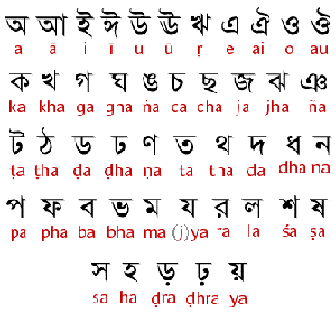
Bengali, or Bangla, is the official language of Bangladesh and one of the six official languages of India. Bengali’s closest relatives are Sinhalese and Assamese.
Bengali shares common features with languages such as Hindi and Marathi. The literary history of Bengali stretches back more than several centuries, though there are no surviving texts from before the 12th century.
Muslim invasions during the 14th century led to the establishment of the Bengal Sultanate.
Did You Know?
Bengali was designated as the region’s official court language by the Sultanate. It soon evolved into Bengal’s local vernacular.
7. Marathi
Existence: 1500-2000 years
Recognized as Classical Language: No
Current No. of Native Speaker: 90 million
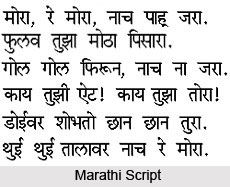
The Marathi language is a constituent of the Indo-Aryan language family’s southern branch. It has been the official language of the state of Maharashtra since 1966 and is mostly spoken by residents of that region of western India. Earlier forms of Marathi were Maharashtri, Marhatti, Mahratti, etc.
Marathi is one of the 22 official languages of India, along with Hindi, Bengali, Telugu, Tamil, and others. The state government recognizes Marathi as one of the most important languages in Maharashtra.
Did You Know?
The State of Goa also recognizes Marathi as an official language, along with Konkani. Maharashtra uses Marathi as its primary language of communication as well as in the media, government, business, and education.
6. Odia
Existence: 2000 years
Recognized as Classical Language: 2014
Current No. of Native Speaker: 48 million
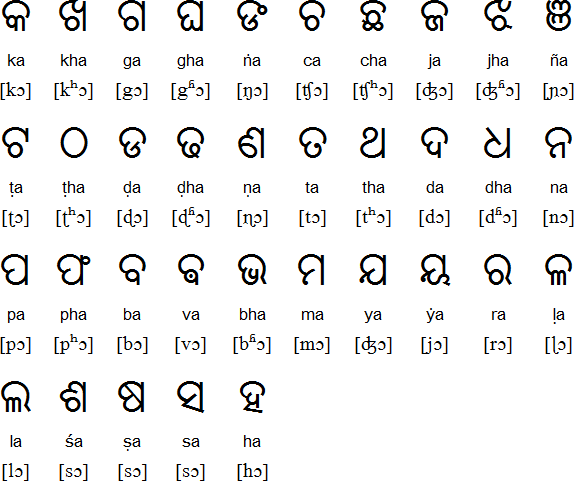
Odia is the official state language of India. It is a language of the Austroasiatic family and belongs to the Eastern or Dravidian group of languages. It is spoken in the Indian state of Odisha, which borders Bengal, Chhattisgarh, Andhra Pradesh, and Maharashtra.
The script was developed by King Bhoja in the 14th century AD and has been used since then. Its alphabet consists of 36 letters, including 17 vowels and 21 consonants. However, some consonants are combined to form different syllables.
Did You Know?
Odia was recognized as a provincial language in the state of Odisha and is used in the media, government, business, and education as well as for everyday communication.
5. Malayalam
Existence: 2000 years
Recognized as Classical Language: 2013
Current No. of Native Speaker: 38 million
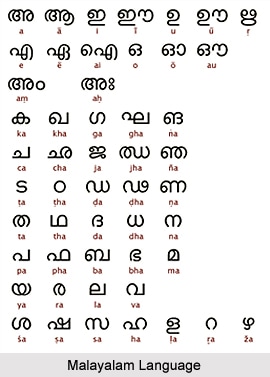
Malayalam is a language spoken in the Indian state of Kerala. It is the primary language of many Malayali people, and is also used by a large number of those who live in other parts of India, as well as some places in the Middle East.
The first recorded use of Malayalam in writing is found in the Vazhappally inscription, which dates to around 830 AD. Early in the thirteenth century, a script known as vattezhuthu (round writing), an ancestor of the Brahmi script, gave rise to the Malayalam script.
Ezhuthachan is widely recognized as the originator of the Malayalam language as it is now. The Tigalari script played a significant role in the structured development of the present Malayalam language.
Did You Know?
Malayalam has been used as a literary language since the 14th century, making it one of the earliest modern languages in South Asia.
4. Telugu
Existence: 2000 years
Recognized as Classical Language: 2008
Current No. of Native Speaker: 50 million
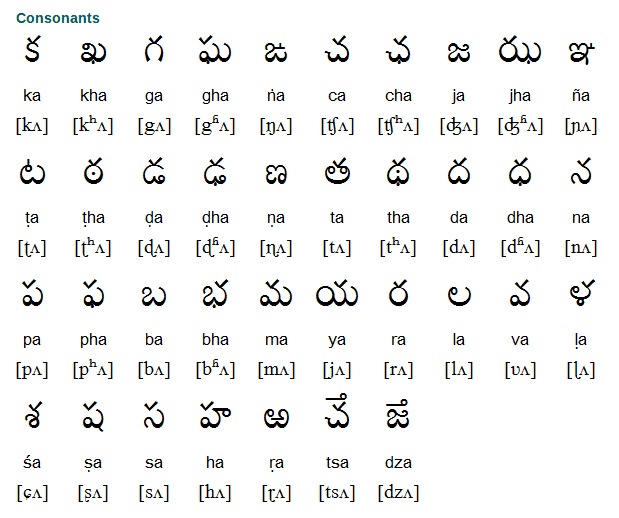
Telugu is the official language of Andhra Pradesh in India. Additionally, it is Telangana’s official language. Sanskrit is the most commonly mentioned progenitor in the long history.
In modern times, Telugu has been written in three scripts, namely the Kannada script, the Tamil script, and the Devanagari script. In 2016, Telugu was ranked as the third most spoken Indian language by the number of native speakers.
Because Sanskrit is so heavily influenced by this language, certain of its expressions over time came to be thought of as Telugu words. Some words from Tamil and Kannada also made their way into Telugu, but they didn’t catch on very well.
Did You Know?
The word “telugu” comes from the word “tala”, which means “to write”.
3. Kannada
Existence: 2000 years
Recognized as Classical Language: 2008
Current No. of Native Speaker: 38 million
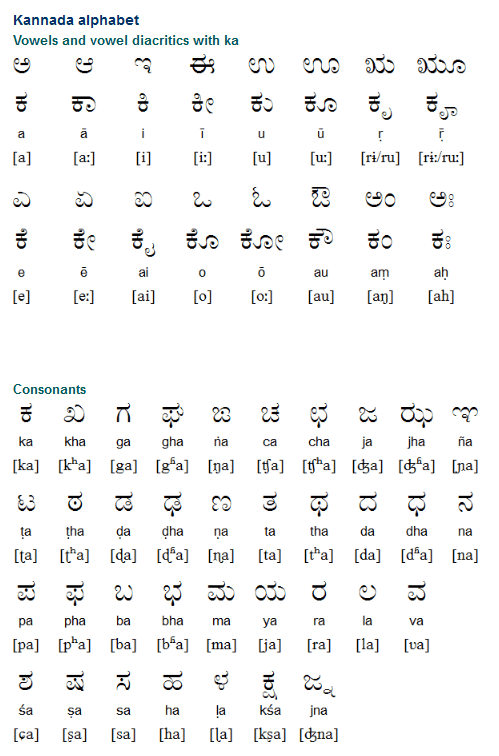
Kannada is a Dravidian language and belongs to the southern branch of this family of languages. The oldest record of Kannada dates back to 1000 B.C., when it was used in inscriptions on the Rock Edicts at Badami, which are believed to have been written by Ashoka.
It is one of the classical languages of India, along with Sanskrit and Pali, which was used as a courtly language by kings during ancient times and later became popular among poets and artists. Over time, it developed into an independent literary language and became an essential part of Hinduism.
Kannada is a 2500-year-old language. It appears that many of its words were adapted from Tamil or Sanskrit and then modified by exchanging “pa” with “ha.”
Did You Know?
There is also a notable difference between Kannada in its spoken and written forms. Spoken Kannada tends to vary from region to region, while written Kannada is more or less steady throughout Karnataka.
2. Sanskrit
Existence: 2000 years
Recognized as Classical Language: 2008
Current No. of Native Speaker: 38 million
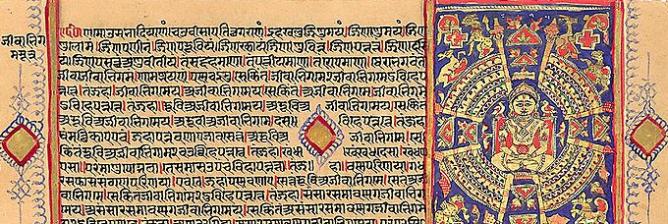
Sanskrit is an ancient Indian language that is the lingua franca of many Indian languages. It is also the official language of India, Nepal, and Sri Lanka. Sanskrit is one of the oldest known languages in the world, with records dating back to 1500 BCE.
The earliest known form of Sanskrit was written in the Brahmi script, which was used to write Sanskrit until about 500 CE, when the Devanagari script was invented. The oldest surviving manuscript of a text in Sanskrit dates back to about 1000 CE and is believed to be from the Gupta period (4th-6th century CE).
Did You Know?
Sanskrit implies that everything has been done flawlessly or completely in terms of language used to transcend and convey a feeling as well as to communicate, read, and listen.
1. Tamil
Existence: 5000 years
Recognized as Classical Language: 2004
Current No. of Native Speaker: 78 million
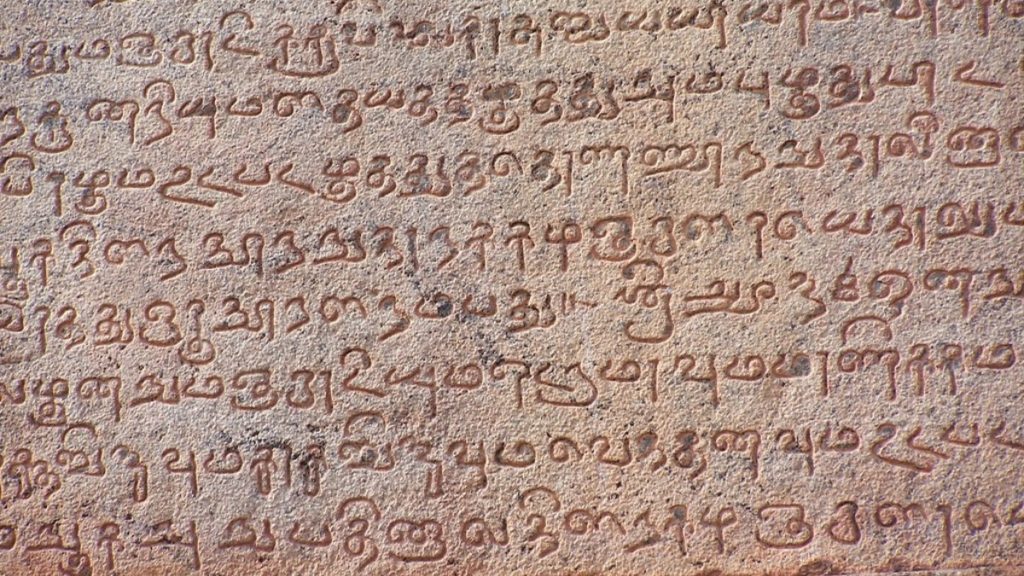
Of all the languages in India, the Tamil language is recognized as the oldest language. Tamil is a language spoken in India, Sri Lanka, and Malaysia. Sri Lanka, Tamil Nadu, and India all have it as their official language.
Tamil is a classical language, so there is a huge body of literature in it. The written language and literature of Tamil are both diverse. The oldest language still in use today is Tamil, which is still used to publish hundreds of daily publications. Many believe that Tamil dates back to 2500 BC.
The majority of words from classical Tamil still exist in the vocabulary of modern Tamil. Due to this and the importance placed on understanding classical works like Tirukkural, the majority of native Tamil speakers today can understand classical Tamil to varying degrees. However, several loan terms from Sanskrit and Prakrit have been adopted and are often employed in contemporary Tamil.
Did You Know?
The word “Tamil” also denotes “beautiful,” “sweet,” and “natural.”


